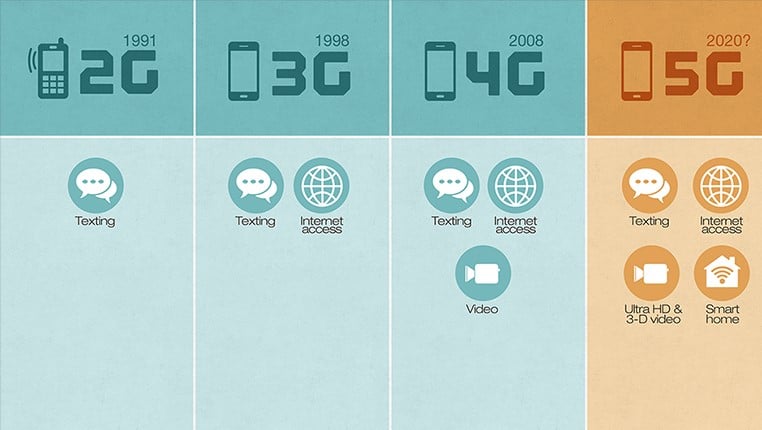
Tesla’s autonomous coast-to-coast drive, originally promised in 2016, is on hold while the company’s Autopilot team stays “heads down” on improving the driver assist system’s safety features, Elon Musk said in a call with investors Wednesday. Musk also teased a new software update to Autopilot — version 9.0 — coming in September that he said would be a stark improvement over the current version.
Tesla built a new version of its semi-autonomous system, known as Autopilot, in 2016 after a public breakup with the original supplier of the technology. Shortly after unveiling the replacement hardware and software, Musk claimed that the company’s new version — Autopilot 2.0 — would be good enough that a car equipped with it would complete a trip from Los Angeles to New York without a single moment of human interference. Musk also said Tesla would be able to develop the tech fast enough to pull off this demonstration by the end of 2017. Earlier this year, he said the drive would be “upcoming.”
But now it seems like we’ll have to wait even longer before Musk gives to green light. That is sure to disappoint Tesla’s fans, as well as investors and analysts, who watch closely for any updates on the company’s self-driving vehicle program. But it also may come as a relief for some who want Musk to stay focused on stabilizing the Model 3’s production and building a profitable, cash-positive company.
“We could do a coast-to-coast drive, especially if we pick a specific route and write code to make it work, but that would be kind of gaming the system” Musk said on the call Wednesday. “Better for the Autopilot team to focus on safety and existing features.” He later added that if he wanted to Tesla could execute the coast-to-coast drive by the “end of the year.”
Musk also provided some details about upcoming updates to Autopilots software and hardware. He let the “cat out of the bag” about Tesla’s efforts to build a custom-built AI chip to help power its autonomous driving capabilities.
Pete Bannon, who replaced Jim Keller earlier this year as head of Autopilot, said that the new chip will be released as part of a “hardware 3” update for Autopilot, which will take the form of a new processor that will replace the existing computer in the vehicles. Musk added that the new hardware was an “order of magnitude” better than the version of Autopilot that exists today.
Autopilot’s 2.0 hardware suite is powered by Nvidia GPUs, which Musk said were capable of processing 200 frames per second. He compared that to Tesla’s upcoming version 3.0 which will be able to handle 2,000 frames per second with redundancy. Musk has said previously that he can achieve his promise of “full self-driving” capabilities without lidar sensors, which most self-driving developers view as a linchpin to full autonomy.
In May, Musk vowed to begin releasing a quarterly safety report about Autopilot. That report was not released with Wednesday’s quarterly earnings report. In prior calls, Musk has claimed there is “no question” that Autopilot reduces the chance of a driver getting in an accident. He has also repeatedly criticized press coverage of the company’s driver assistance feature. Autopilot faced increased scrutiny after a driver of a Tesla Model X died while using the driver assistance feature on a California highway in March.























